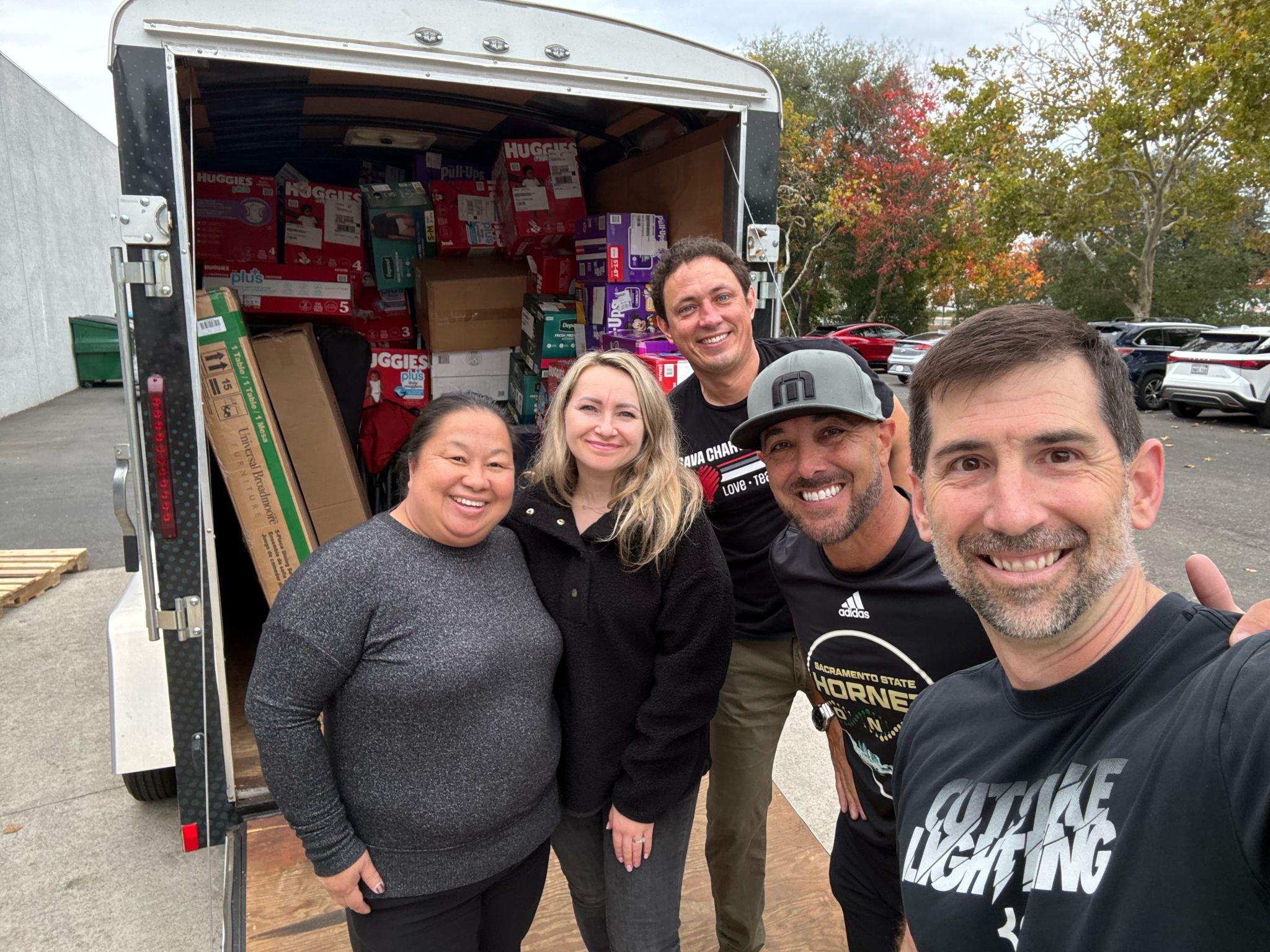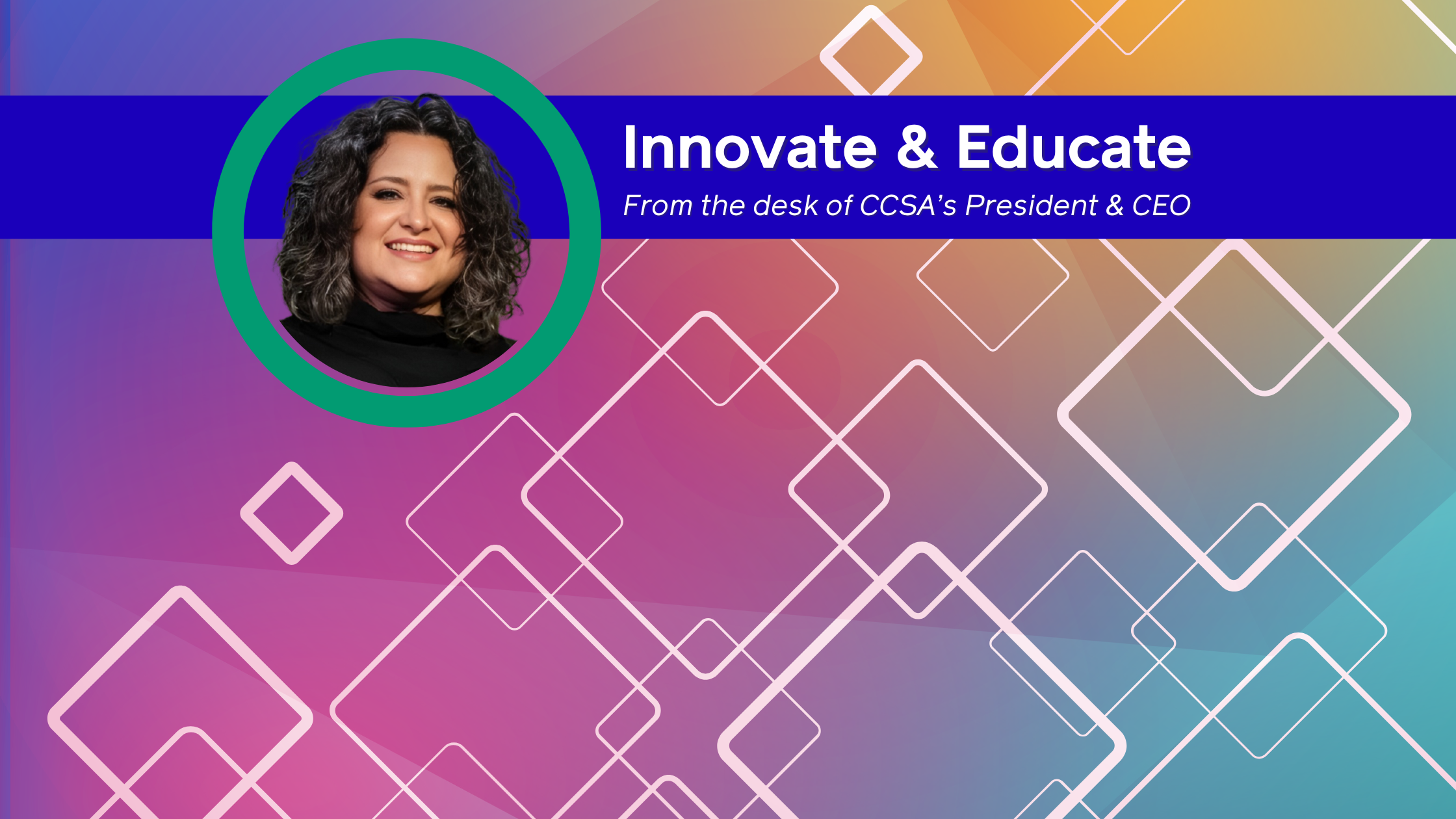For months now, there’s been an ongoing and intense debate about whether learning loss is real for students. Make no mistake: it is.
But what exactly is learning loss and how has it impacted students during the COVID-19 pandemic?
The Los Angeles Times recently defined it as kids not learning as much as they would have if they attended classes in person. The consulting firm McKinsey and Company also recently swapped the term learning loss for ‘unfinished learning,’ describing it as students not having the opportunity to complete all of the learning they would have in a typical year, in addition to losing skills and knowledge they once had.
As for its impact on students after the transition to full-time distance learning in March of 2020, McKinsey’s July report also paints a sobering picture, especially for those from underserved communities:
“Our analysis shows that the impact of the pandemic on K–12 student learning was significant, leaving students on average five months behind in mathematics and four months behind in reading by the end of the school year…The pandemic widened preexisting opportunity and achievement gaps, hitting historically disadvantaged students hardest. In math, students in majority Black schools ended the year with six months of unfinished learning, students in low-income schools with seven.”
Teachers have also reached the consensus that learning loss is “global and significant” during the pandemic, according to a March survey from McKinsey. Teachers in the U.S. and Japan gave particularly harsh grades to distance learning programs in the opening months of school closures, rating their effectiveness as between one and three on a scale of ten, respectively.
And closer to home, the Los Angeles Times published a sweeping story just last month about pandemic-induced learning loss in the Los Angeles Unified School District: gaps in grades and elementary reading test scores between Black and Latino students and their white and Asian peers stretch to a difference of 21 percentage points and 26 plus percentage points, respectively.
From the earliest days of the pandemic, charter public schools recognized the very real risks of learning loss to students. In our most recent Portrait of the Movement Report: The Transition to Distance Learning Amid COVID-19, we discovered that charter public schools leveraged their independence and flexibility in the aftermath of statewide school closures: on average, charters set up their distance learning programs in just four days, compared to an average of two weeks for traditional district schools.
More important than the speed at which they established distance learning programs, charter networks like Ednovate Charter Public Schools and Springs Charter Schools were intent on delivering quality remote instruction that empowered students to stay engaged and grow academically, even under unprecedented circumstances. It all points to a relentless focus by charter schools to rise to the moment and put students and their learning first.
That focus has been complemented by efforts to offer substantial social-emotional and mental health supports to students grappling with the traumatic fallout of a chronic pandemic. As we further highlighted in the Portrait of the Movement, Northern California-based CORE Butte Charter School leveraged its existing tiered social-emotional learning system to ensure students and families have access to everything from basic social services to mental health counseling.
Meanwhile, further south, Vaughn Next Century Learning Center complemented its transition back on campus with lessons that introduce student behavior expectations, behavior posters, student reward systems, and social-emotional activities that engage students in the classroom. We know that there are countless other examples across CharterNation of educators and staff stepping up to tackle student learning loss in a comprehensive way.
We’ll say it again: Learning loss is real. Charter schools have recognized this throughout the pandemic and have consistently taken tangible steps to limit its impact on students. Academic recovery won’t happen overnight. But as CCSA President and CEO Myrna Castrejón recently put it, “Minutes, days and weeks our students lost on campus will not be made up by sticking our heads in the sand and calling [learning loss] a fake crisis.”
Be sure to check out these resources to learn more about the strategies and programs used by charter schools to tackle learning loss head-on!
Portrait of the Movement Part 1: How California’s Charter Schools Mitigated Learning Loss


-1.png)